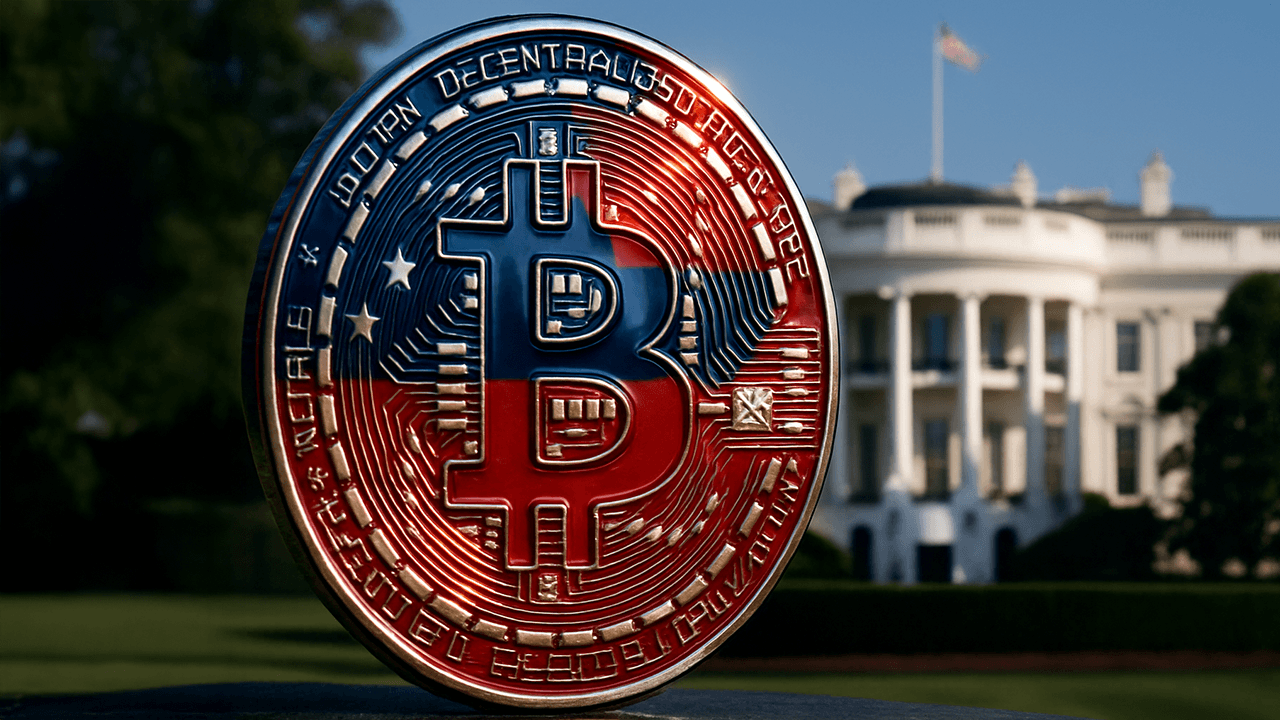The President’s Working Group on Digital Asset Markets: A Comprehensive Analysis
Introduction: The Digital Asset Revolution
The digital asset landscape has evolved rapidly, presenting both unprecedented opportunities and complex challenges. The President’s Working Group on Digital Asset Markets (PWG) has responded to this dynamic environment with a set of recommendations designed to position the United States as a leader in digital finance. This analysis explores the PWG’s recommendations, their potential impact, and the broader implications for the U.S. economy and global financial systems.
Strengthening American Leadership in Digital Finance
Regulatory Clarity and Predictability
The PWG recognizes that regulatory uncertainty has been a significant barrier to innovation in the digital asset space. To address this, the report calls for a coordinated effort among federal agencies to develop a clear and consistent regulatory framework. This framework should provide guidance on key issues such as the classification of digital assets, licensing requirements, and compliance standards.
Fostering Innovation
Innovation is at the heart of the digital asset revolution. The PWG emphasizes the need to create an environment that encourages experimentation and growth. This includes supporting research and development, promoting public-private partnerships, and providing regulatory sandboxes where startups can test new technologies without facing excessive compliance burdens.
International Cooperation
Digital assets are borderless by nature, requiring international cooperation to ensure effective regulation. The PWG advocates for the U.S. to work with other countries to develop common standards and best practices. This collaboration can help prevent regulatory arbitrage, where businesses exploit differences in regulations across jurisdictions to avoid compliance.
Modernizing Bank Regulation for Digital Assets
Clarifying the Regulatory Status of Digital Assets
Banks play a crucial role in the financial system, and their involvement in the digital asset space can enhance stability and efficiency. However, the PWG acknowledges the need for clear guidance on the regulatory status of digital assets. This includes determining whether digital assets should be classified as securities, commodities, or a new asset class.
Risk-Based Approach to Regulation
The PWG proposes a risk-based approach to bank regulation, where the level of oversight is proportionate to the risks posed by a particular digital asset activity. For example, banks engaging in high-risk activities, such as dealing in cryptocurrencies, should be subject to more stringent regulatory requirements than those providing custody services.
Supervisory Tools and Techniques
To effectively monitor banks’ digital asset activities, the PWG calls for the development of new supervisory tools and techniques. This includes using data analytics to identify potential risks and conducting on-site examinations to assess compliance with regulatory requirements.
Strengthening the Role of the U.S. Dollar
Supporting a Central Bank Digital Currency (CBDC)
The PWG recognizes the potential of a CBDC to strengthen the U.S. dollar’s position in the global financial system. A CBDC could enhance the efficiency and security of cross-border transactions, reduce reliance on intermediaries, and provide a stable alternative to private digital currencies.
Promoting the Use of the Dollar in International Trade
The PWG emphasizes the importance of promoting the use of the U.S. dollar in international trade and finance. This includes working with other countries to develop infrastructure that supports dollar-denominated transactions and encouraging the use of dollar-backed stablecoins.
Combating Illicit Finance
Digital assets can be used to facilitate illicit activities, such as money laundering and terrorism financing. The PWG proposes measures to strengthen anti-money laundering (AML) and counter-terrorism financing (CFT) controls in the digital asset space. This includes expanding the scope of AML/CFT regulations to cover digital asset businesses and enhancing cross-border information sharing.
Ensuring Fairness and Predictability in Digital Asset Taxation
Clarifying Tax Treatment
The current tax rules for digital assets are often unclear and difficult to apply. The PWG proposes reforms to clarify the tax treatment of various types of digital assets, including guidance on how to value digital assets for tax purposes and simplifying reporting requirements.
Fair and Equitable Taxation
The PWG emphasizes the importance of ensuring that the tax rules are fair and equitable. This means that taxpayers should be treated consistently, regardless of the type of digital asset they hold or the type of transaction they engage in.
Tools and Technologies for Compliance
To help taxpayers comply with the tax rules, the PWG calls for the development of new tools and technologies. This includes creating online resources that explain the tax rules in plain language and developing software that can automatically calculate tax liabilities.
Conclusion: A Vision for the Future
The PWG’s recommendations present a vision for the future of digital asset regulation in the United States. By focusing on strengthening American leadership, modernizing bank regulation, reinforcing the role of the U.S. dollar, combating illicit finance, and ensuring fair taxation, the PWG has laid the foundation for a thriving and responsible digital asset ecosystem. The successful implementation of these recommendations will be crucial in positioning the U.S. as a global crypto superpower, driving economic growth, and fostering financial innovation for years to come. The digital asset revolution is here, and the U.S. is poised to lead the way.





